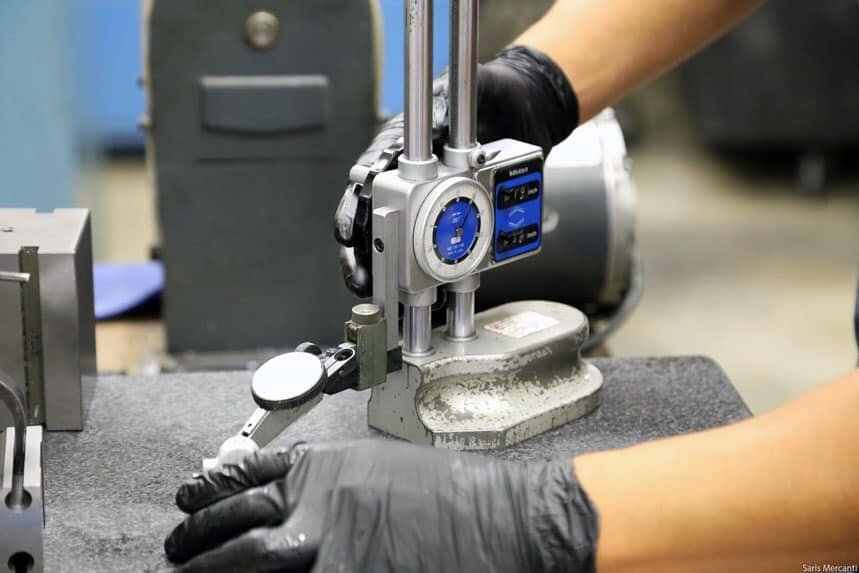Tolerance Level
There are total of 20 tolerance levels from IT01, IT0, IT1, IT2, IT3 to IT18. IT01 indicates the highest machining precision of the part, and IT18 indicates the lowest machining precsion of the part. Generally, IT7 and IT8 are middle-level machining precision.
Guaranteed Machining Accuracy
The actual parameters obtained by any machining method will not be absolutely accurate. From the perspective of the function of the part, as long as the machining error is within the tolerance range required by the part drawing, it is considered that the machining accuracy is guaranteed.
Quality of CNC Machines
The quality of the machine depends on the processing quality of the parts and the assembly quality of the machine. The processing quality of the parts includes two major parts, the accuracy of the parts and the surface roughness.
Machining Precision
Machining precision is the degree to which the three geometric parameters of the actual size, shape and position of the surface for the processed part conform to the ideal geometric parameters required by the drawing. The difference between them is called machining error. The size of the machining error reflects the level of machining precision. The machining error is greater stand for the machining precision is lower, and the machining error is smaller stand for the machining precision is higher.




